One of the world’s best car designers, Peter Horbury, passed away last week in China, aged 73
In a career spanning almost 50 years, Horbury worked his car design magic at Chrysler, Ford (twice), Volvo (three times), Geely Group and Lotus while also freelancing for Bentley, BMW, Mercedes-Benz, MG, Rolls-Royce, Triumph and more. His diverse portfolio covered cars, bikes, buses, vans and London taxis from the mid-70s right up until his death when he was still working for Group Lotus as executive VP of design.
He was born on 27th January 1950 in the small Northumbrian town of Alnwick not far from the border with Scotland, but his childhood was spent in various English industrial cities due to his dad’s salesman job, from Glasgow and Renfrew (known for its shipbuilding), Sheffield (steel), Wolverhampton (automotive), and Darlington (railways). And it was his father who triggered his later career move by teaching him the art of sketching in three dimensions.
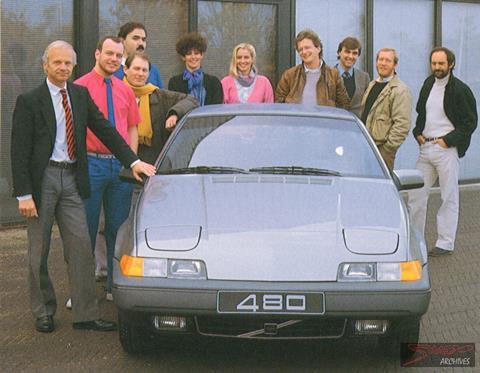
As he told Car Design News in 2020: “He let me into the secret of drawing in simple perspective when I was extremely young. I was already drawing cars, buses and ships and he showed me how to draw another pencil line to show the front of the bus I was sketching, the wheel at the other side and where the window pillars should go. Suddenly the drawing came to life. It was a strange experience but one that I’ll remember forever.” From that moment Horbury got the car drawing bug: “When I was about nine or ten, I started looking at vehicles and imagining the next one. I’d take the latest Ford Anglia, Triumph TR3 or whatever was current in the late 50s, pick out features that were characteristic of those models and draw future versions. It just seemed to be what a car designer must do.”
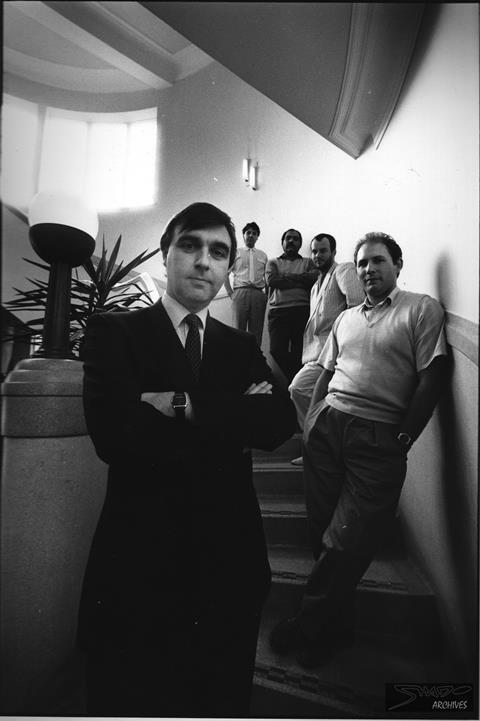
He went on to study industrial design at Newcastle College of Art in the late 1960s. The culture within the city at that time was strong, with Horbury following in the footsteps of early 60s Art College alumni Eric Burdon, later of The Animals and WAR and Roxy Music’s Bryan Ferry, who studied at nearby Newcastle University. Finding his own way into design, Horbury wrote to many car companies and gained a sponsorship from Chrysler to study in London at the Royal College of Art’s very new, automotive design Master’s degree course in 1972. After graduating in 1974 he quickly started work at Chrysler and got tasked with designing the exterior ‘front face’ of the 1978 Chrysler Horizon which went on to win the 1979 European Car of the Year.
“It’s called the Lifetime Achievement Award but really it’s the ‘Before It’s Too Late’ Award. But this is an honour, especially from a journal that is purely about design and among professional designers. I just hope I can live up to the hype and create some interest in what I’ve done in the last more or less 50 years”
Horbury had already left Chrysler by then, joining Ford in 1977 and working in both its UK and German design studios, including early work on the Ford Sierra. In 1979 he took a short-term contract with Volvo in Sweden and then Holland where he ended up staying some six years with work there including the interior design of the 1985 Volvo 480 Coupé. Tempted back to the UK in 1986 to build a design facility within the independent MGA engineering and prototyping business he worked the next five years for a host of global transport companies. These included cars for BMW, Ford, Mercedes and Rolls-Royce, vans for Ford and Freight Rover and even flight simulators for the aerospace industry.
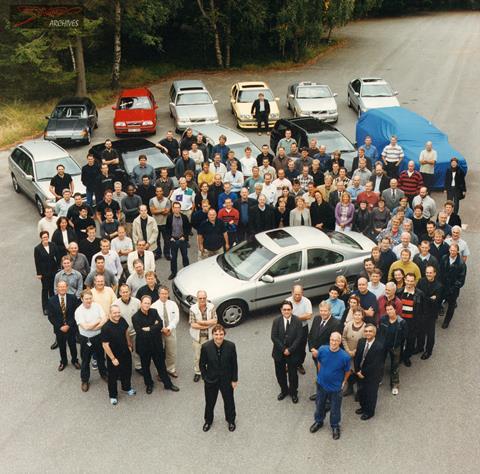
In 1991 he got approached by Volvo (again) to become head of design and spent the next 11 years transforming the Swedish brand’s then boxy and conservative image into something rounder and more sporty, via designs including the S40, S60, S80, V70 and C70. By 2002 Volvo had been under Ford ownership for three years and Horbury briefly oversaw the design studios of Ford’s ambitious but short-lived Premium Automotive Group including new sister brands Aston Martin, Jaguar and Land Rover as well as Volvo.
Then in 2004 he became executive design director of Ford of America and oversaw a big change in Ford’s biggest-selling product with the F-150 mk12 among many model updates plus Ford and Lincoln concepts. In 2009 Horbury was asked to go back to Volvo for a third time after Steve Mattin left.
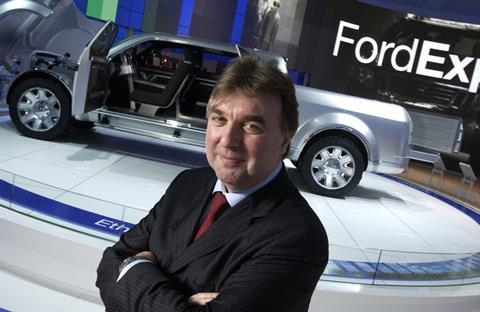
There Horbury set about changing Volvo design again – overseeing two well-received 2011 show cars – the Universe and Concept You – plus the Volvo V40 production car. In 2010 Volvo gained new Chinese owners in the Geely Group, and its chairman offered him a role to shape the Group’s wider design portfolio. In the ten years after, he transformed Geely’s own-brand cars, re-imagined the London Taxi, launched all-new brands Lynk & Co, Geometry and Zeekr and even worked on flying cars through Geely’s acquisition of Terafugia and sportscar maker Lotus, where he would end his career.
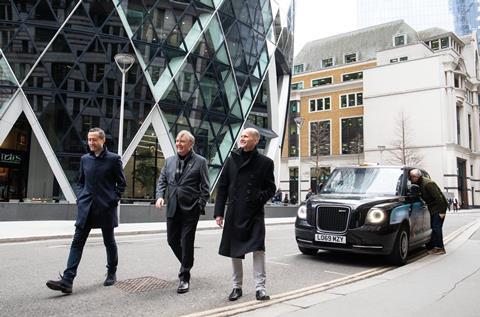
The breadth of his design work – in terms of body style, price point and global reach – was extraordinary and his enthusiasm for the industry and longevity within it remarkable. Indeed it made him a worthy winner of 2020’s Car Design News Lifetime Achievement Award, which he joked about when he won it, in his trademark candid, convivial, wise and very amusing way: “It’s called the Lifetime Achievement Award but really it’s the ‘Before It’s Too Late’ Award.
But this is an honour, especially from a journal that is purely about design and among professional designers. I just hope I can live up to the hype and create some interest in what I’ve done in the last more or less 50 years.”
He certainly did and Car Design News is so glad to have been able to honour him before it was ‘too late’; to celebrate his amazing lifetime of achievements while he was still alive and for him to know that he was so respected. CDN will be speaking to some of those in the industry that knew him well this week, so expect more rare pictures and tributes to come. Meantime, we send our deepest condolences to his family and friends at this sad time.










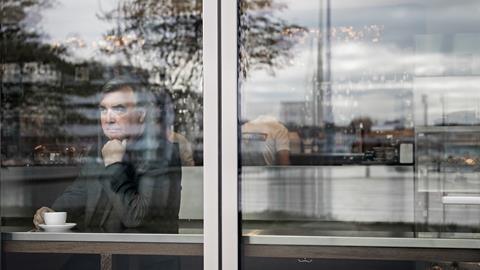
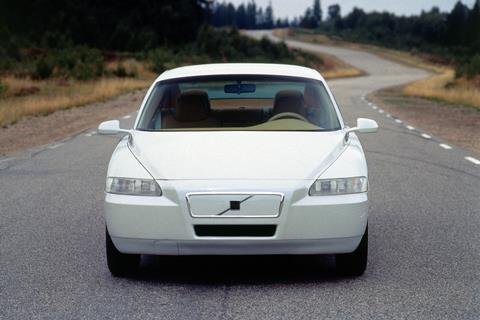
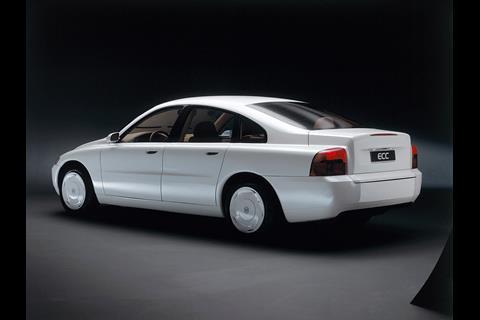
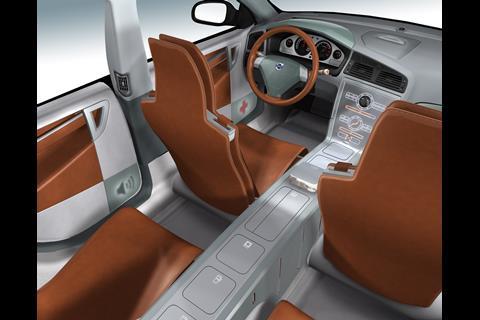

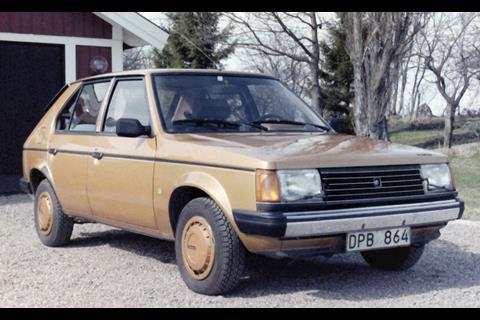

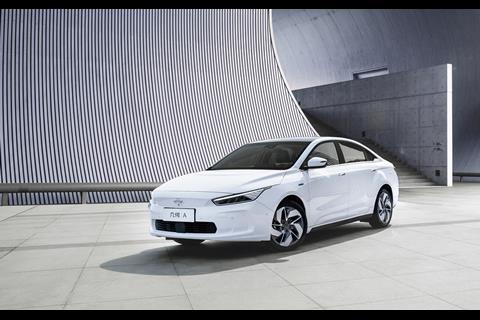

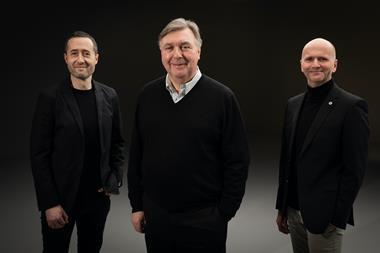

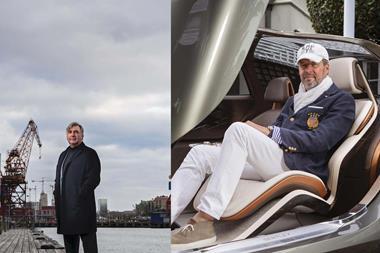
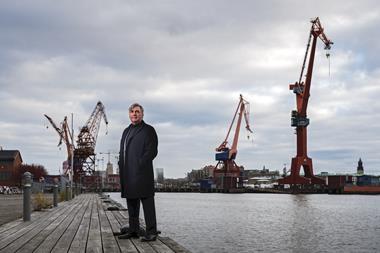
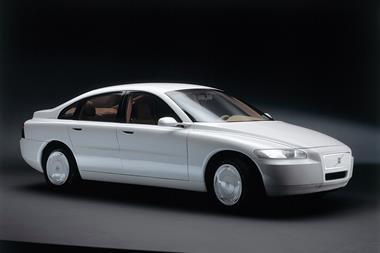



No comments yet